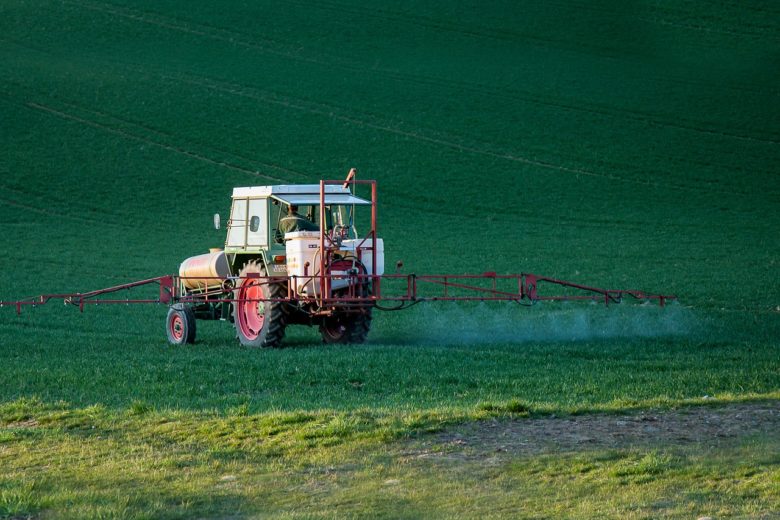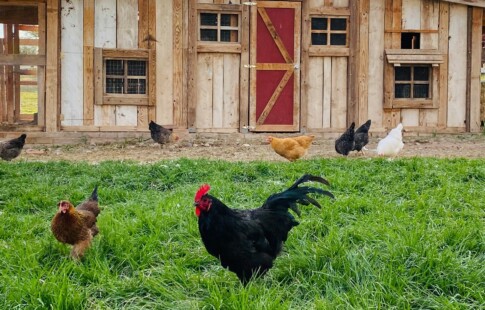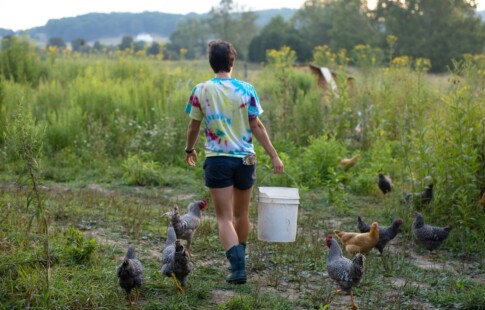
Should We Use Biological Pest Control Methods?
We are reader-supported. When you buy through links on our site, we may earn affiliate commission.
If humans lacked effective ways to keep pests at bay, gardens and lawns would be overrun with unwanted visitors that could eat plants and trigger other undesirable effects. One is biological pest control methods. It centers on introducing living organisms that display predatory behaviors toward the pests rather than relying on chemicals to do the job.
Research shows there are many downsides to using non-biological pest control measures. For example, the chemicals pose dangers to kids and pets, and there are issues with the chemicals not reaching their intended targets. Additionally, ongoing use can cause resistance, requiring people to use more of a product to get the same results once achievable with a smaller amount. When methods of getting rid of nature’s nuisances prove ineffective, agricultural professionals often waste money when, perhaps, they should have investigated different options sooner. A study from the Zoological Society of London recently found that the overuse of an herbicide to control a weed that harms winter-wheat fields takes a £400 million bite out of the United Kingdom’s economy every year. Since the conventional ways of pest management have these negatives and others, more people wonder if now is the time to embrace biological pest controls.
Pest Control Can Start With Your Compost Pile
Composting is an excellent, eco-friendly way to deal with some of your organic household waste, such as fruit scraps, coffee grounds and eggshells. Compost also makes your soil richer, helping plants thrive. It’s an indirect way of controlling pests because the things you’re growing are better-equipped to handle them when they’re healthy. Also, high-quality soil can alleviate stress in a plant, making it more able to use its natural pest-fighting abilities. If you’re thinking about starting a compost pile, or have already done it, add the control of critters as one more benefit to anticipate. The early stages of composting can be a bit intimidating, especially as you create each layer and keep the temperature in the proper range. However, once you get the hang of it, you’ll probably wonder how you ever got by without the convenience and eco-friendliness that composting offers.
Maintaining a Farm Surrounded by a Natural Habitat Could Limit Destruction
One frequent method of biological pest control is to run a farm without disturbing the natural habitat surrounding it. The idea is that the critters that call that area home will migrate onto the farm and make pests less problematic. An international team of researchers led by scientists at the University of California, Davis, set out to determine if that approach is equally effective regardless of a farm’s location in the world. The team assembled a massive collection of data consisting of 137 studies from 6,700 sites in more than three-dozen countries.
The conclusions showed that retaining a natural habitat around growing fields can minimize pests — however, approximately as many papers showed a negative impact on crop yields from this approach as well. The researchers cautioned that their findings did not suggest farmers should clear away nearby habitats. But, they advised that people should not automatically assume natural habitats will promote pest control without bringing some undesirable consequences. This method of biological pest control is like a lot of other things in that it’s not suitable for every situation. Even so, it’s well worth investigating.
Predatory Insects Giving Promising Results in University Greenhouse
Although you may think that biological pest control methods only work in large outdoor areas such as fields, that’s not always true. Students studying at William & Mary have noticed positive results after bringing thousands of predatory insects into a greenhouse. Milkweed is especially vulnerable to pesticides, and there are about 50 populations of milkweed within the greenhouse. The varieties there come from most of the Eastern United States. Some students have to check the milkweed for speckling — a sign of infestation from the thrip, a winged insect. The use of predators is so far working to curb any problems. During a recent survey of the milkweed crops in the greenhouse, the students found abundant new growth, but no sign of thrips.
Animals May Minimize the Effects of Pests
Another effective option for pest control might fit into plans you already have for your homestead or sustainable lifestyle. That’s because you can choose to raise animals that’ll help. For example, Cornish Cross chickens are the standard birds raised for meat by the poultry industry. They also eat bugs and other insects for snacks, limiting how much pesticide you need to use. Also, a University of Cambridge study showed that bats helped rice farmers in Madagascar cope with excessive insects. Those pests destroy rice crops, forcing farmers to cut down trees and use former forest land for new rice paddies. Researchers discovered that several indigenous bat species frequently flew over the rice fields, eating the problematic insects. As a result, farmers may feel less pressured to contribute to deforestation to support their livelihoods.
Biological Pest Control Methods Are a Compelling Option
This overview sheds light on some of the reasons why more agriculture industry professionals are getting interested in biological pest control. If you’re eager to reduce chemical use at your home or farm, consider letting nature tackle some of the work to get results, potentially without so many unwanted side effects.
Share on
Like what you read? Join other Environment.co readers!
Get the latest updates on our planet by subscribing to the Environment.co newsletter!
About the author
Jane Marsh
Starting from an early age, Jane Marsh loved all animals and became a budding environmentalist. Now, Jane works as the Editor-in-Chief of Environment.co where she covers topics related to climate policy, renewable energy, the food industry, and more.





